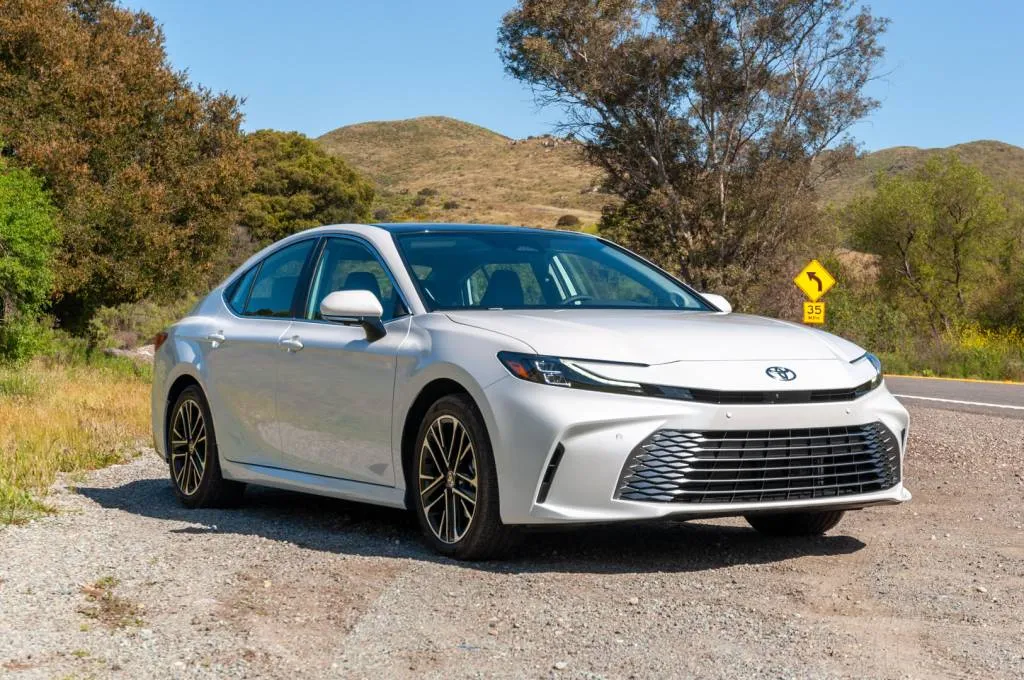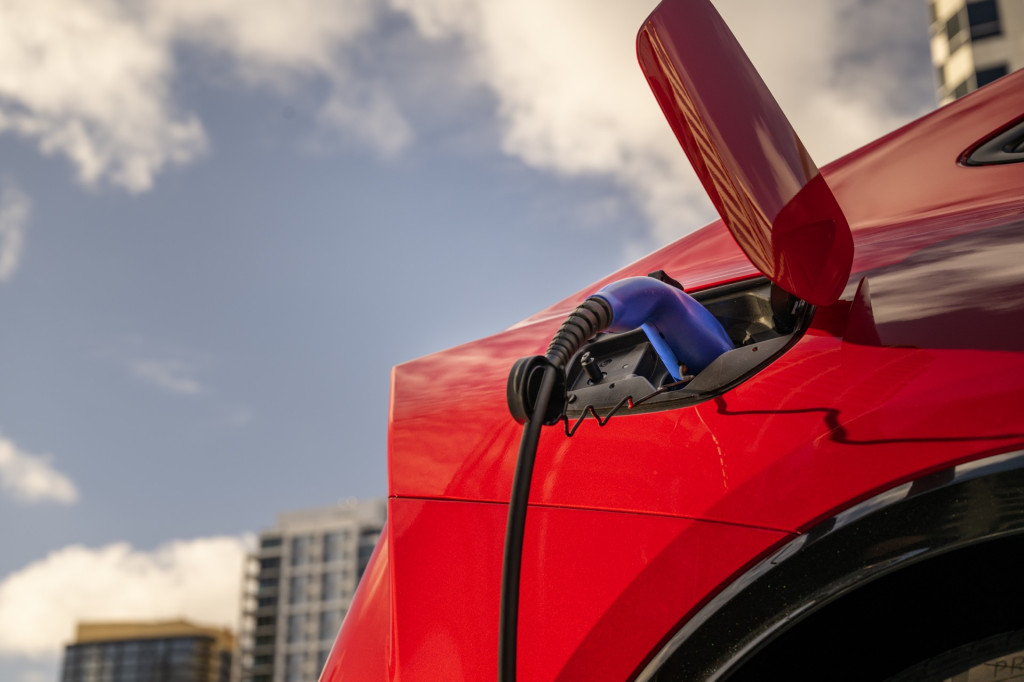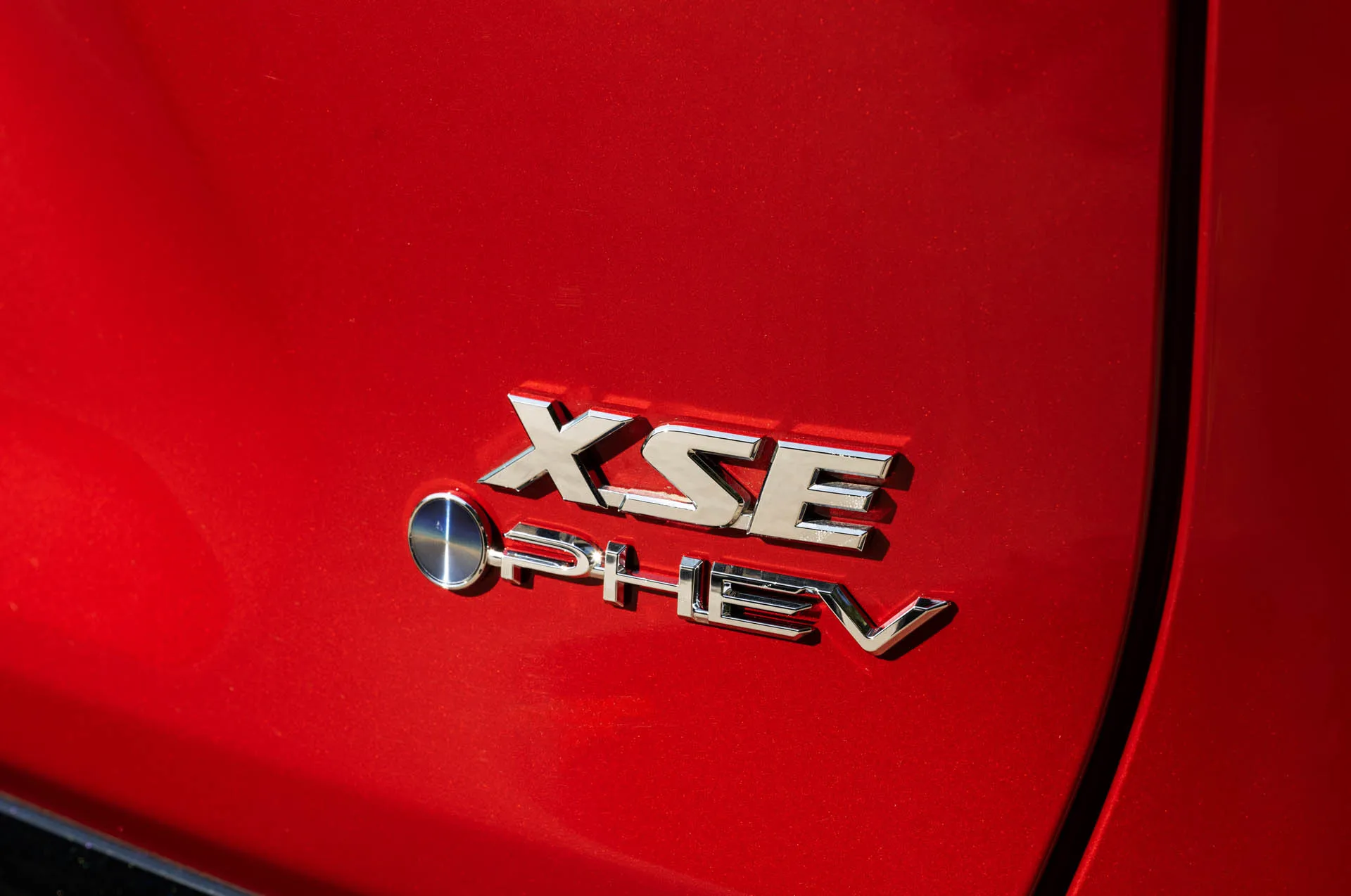- Toyota says the switch away from Prime is a matter of easier recognition
- Otherwise, RAV4 and Prius plug-in hybrids carry over with few changes
- Toyota’s sold the most Prime PHEVs in California emissions states
Prime time has ended for Toyota plug-in hybrids, as the automaker makes a marketing move to recast them as interchangeable with plug-in hybrids from other automakers.
The automaker announced on Thursday that it will no longer use its “Prime” badge for PHEVs starting with the 2025 model year. As it ushers out the RAV4 Prime and Prius Prime, it will replace them with the 2025 Toyota RAV4 Plug-In Hybrid and 2025 Toyota Prius Plug-In Hybrid, both also detailed today with pricing, specs, and details otherwise mostly carried over.
According to Toyota, this is not an effort to realign the RAV4 Prime or its plug-in hybrids in general but to get them on the same ground with other PHEVs.
“The switch to the RAV4 Plug-in Hybrid Electric Vehicle name simply aligns the model with the automotive industry naming convention,” Mike Tripp, Toyota’s group vice president for marketing in North America, told Green Car Reports.
2021 Toyota RAV4 Prime XSE
Toyota believes that dropping the branding will help customers more easily identify the plug-in hybrids. “Consumers have so many powertrain choices today, so we’re moving away from a brand name and adopting the PHEV industry convention to help consumers more easily identify the electrified powertrain choices among RAV4, and all models with multiple electrified powertrains,” added Tripp.
With Prime gone, are Toyota PHEVs still premium?
The decision sounds, in some respects, like an about-face for why Toyota rolled out the Prime badge for its plug-in hybrids in the first place—which was to distinguish them from other PHEV entries in the market as the best-performing in every way.
Versus other PHEVs of the time, Toyota innovated and outperformed with its Prime models. Toyota introduced the Prime name in 2016, with the 2017 Toyota Prius Prime. The first Prius Prime was among the first plug-in vehicles to include a heat pump, and the current Toyota RAV4 Prime offers 42 miles electric and becomes a 38-mpg hybrid after that, with 302 hp of combined output. In a Toyota RAV4 Prime first drive we called it “what a plug-in hybrid should be,” with sports-car quick acceleration and surprisingly great EV mode off-road prowess.

2025 Toyota Camry
Toyota essentially dodged GCR’s line of questioning about whether the new marketing angle is part of a play toward greater sales volume, affordability, or branching out to new buyers or regions—like what the brand has done for its hybrids over the years. Currently, Toyota offers hybrid versions of nearly the entire lineup, while the 2025 Camry goes all-hybrid, joining the Sienna and Crown families.
The automaker has waffled on messaging for plug-in vehicles and hybrids in recent years. As part of a somewhat tone-deaf “Electrified Diversified” campaign in 2023, rolling out not long after its fully electric bZ4X arrived, Toyota tried to differentiate between battery EV, hybrid EV, plug-in EV, and fuel-cell EV powertrains—leaving the market muddled over whether the fully electric models were the plug-in EVs (really plug-in hybrids) or battery EVs.
More than a fifth of Prius models sold with a charge port
For now, the Toyota brand only has the RAV4 and Prius plug-in hybrid models. Over model-year 2023, Toyota sold 57% of its RAV4 models in non-hybrid form. The RAV4 Hybrid made up 37% of RAV4 sales, while the RAV4 Prime had the remaining 6% of sales. As for Prius, also looking at the 2023 model year, Toyota sold 79% as hybrids, while the plug-in Prius Prime made up 21% of sales for the hybrid icon.

2023 Toyota Prius Prime
It should be noted that the RAV4 is a much stronger seller overall, though, so it amounted to a total of 26,073 RAV4 Prime sales in calendar-year 2023 versus 7,557 Prius Prime sales.
So far Toyota appears to be sticking to a plug-in hybrid sales pattern that works best with California Air Resources Board (CARB) regulations. It’s not at all surprising that California is the top state for both of these plug-in hybrid models. Behind the Golden State, Toyota lists New York, Massachusetts, Colorado, Oregon, New Jersey, Maryland, Connecticut, New Jersey, and Washington as top states for the RAV4 Prime, and Colorado, Connecticut, Maine, Maryland, Massachusetts, New York, Oregon, Rhode Island, and Vermont for the Prius Prime—all in order of sales.
Most of those states observe CARB rules and upcoming Advanced Clean Cars II standards that will especially incentivize longer-range PHEVs. Toyota has said that in some markets it’s ready to extend plug-in hybrid range beyond 120 miles. So while it’s all set to deliver those very strong PHEVs in the U.S., they probably won’t carry the name Prime.
Read the full article here




